How did Kashmir end up largely under Indian control?
The bloody and intractable issue of Kashmir has flared up once again
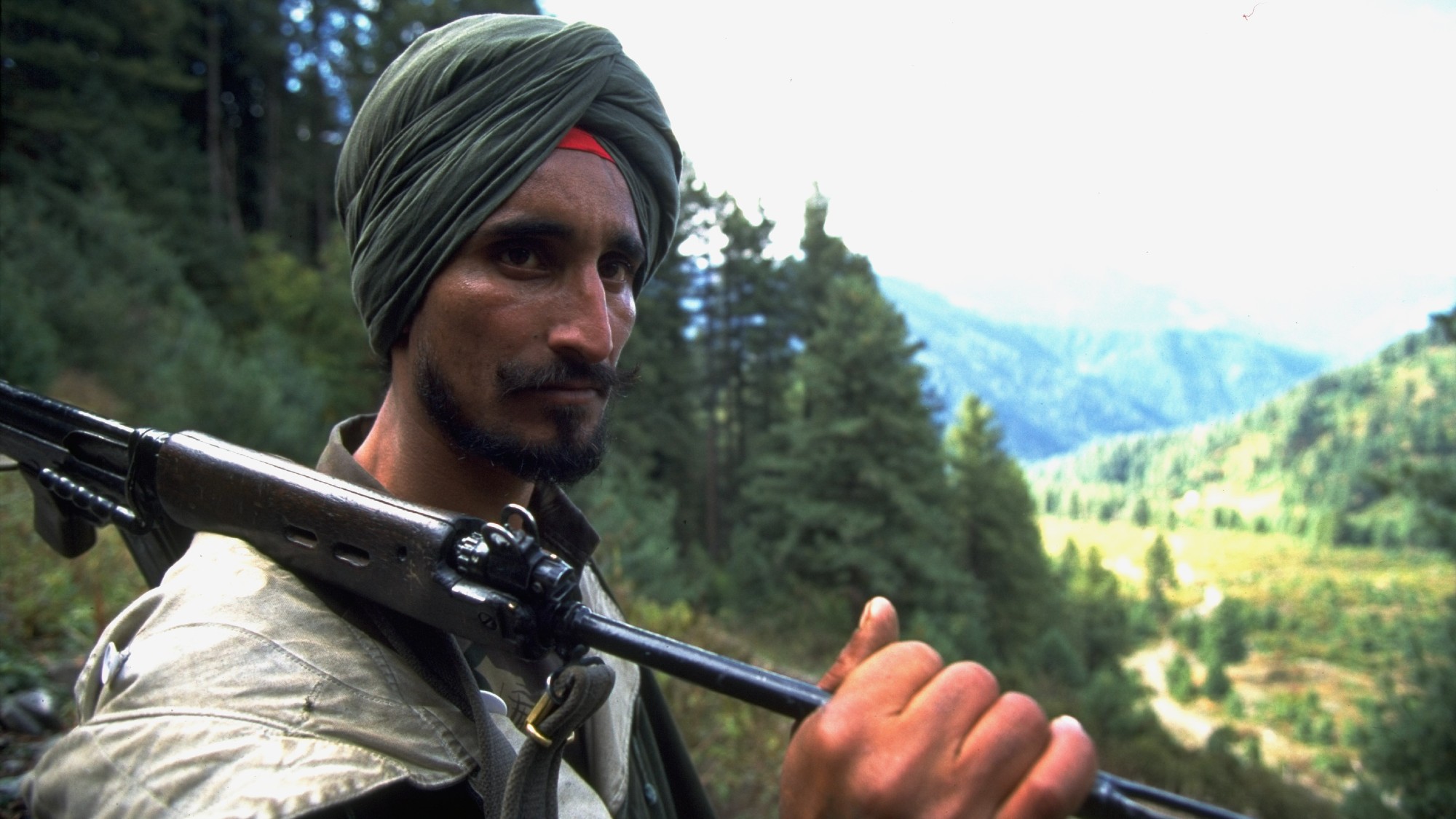
Nestling at the point where the borders of India and Pakistan meet in the Himalayas, Jammu and Kashmir is the only Muslim-majority state or territory in Hindu-majority India (excepting the tiny Lakshadweep archipelago). It has been a flashpoint between India and Pakistan since Partition in 1947, partly because of its geo-strategic importance.
The glacial waters flowing through Kashmir provide water and electricity to tens of millions of people in India; Pakistan's biggest river, the Indus, also passes through it. But to both sides it is also a symbol of pride, a land famed for its beauty. "If there is a heaven on Earth," the Mughal emperor Jahangir once remarked, "it's here, it's here, it's here."
Its mountainous landscape appears often in Bollywood films and on restaurant walls across the subcontinent. There are also significant Muslim and Hindu shrines in Kashmir.
The Week
Escape your echo chamber. Get the facts behind the news, plus analysis from multiple perspectives.

Sign up for The Week's Free Newsletters
From our morning news briefing to a weekly Good News Newsletter, get the best of The Week delivered directly to your inbox.
From our morning news briefing to a weekly Good News Newsletter, get the best of The Week delivered directly to your inbox.
How did Kashmir end up largely under Indian control?
In the mid-19th century, Kashmir's Sikh rulers ceded the Valley of Kashmir to the British, who in turn sold it to the Hindu rajah of neighbouring Jammu. Srinagar, Kashmir's summer capital, became a holiday resort for the British.
Upon independence a century later, the princely states in theory had the right to choose whether to join India or Pakistan, but the decision was largely determined by religious demographics and geographical location. Kashmir's playboy maharaja, Hari Singh, could not decide, as his state adjoined both nations; he pondered turning it into an independent "Switzerland of Asia". But his hand was forced when, after Partition, Muslims in northwest Kashmir, backed by a Pakistani tribal army, rose up against the Hindu population and massacred them.
Independent India's new PM, Jawaharlal Nehru, a Kashmiri Hindu by descent, sent in troops to quash the revolt – in return, Singh ceded Kashmir to India, in October 1947.
How did Pakistan react?
Pakistan has (like India) always claimed the whole of Kashmir, and its regular forces entered the conflict soon after. The resulting First Indo-Pakistani War ended in 1949, with a UN-brokered ceasefire.
A free daily email with the biggest news stories of the day – and the best features from TheWeek.com
Most of the region was left under Indian control, except the northwestern third, including Gilgit-Baltistan and Azad ("Free") Kashmir, which is controlled by Pakistan. In 1948, the UN called for both sides to withdraw troops and let the people of Kashmir vote on their future status. This referendum never took place, essentially because Nehru realised that it would not be decided in India's favour.
Instead, the countries went to war over Kashmir again, first in 1965 and then in 1971. The ceasefire line agreed in the Simla Agreement in 1972 became the de facto border, known as the "Line of Control".
How did the Kashmiris react?
From the 1950s on, popular movements emerged in Kashmir demanding either independence or a merger with Pakistan. India responded with repression, while Pakistan provided support for militant groups. In the late 1980s, growing opposition to Indian rule was fuelled by a rigged election and the killing of peaceful protesters.
The Jammu Kashmir Liberation Front, a pro-independence group backed by Pakistan, launched an insurgency against the Indian authorities. India responded with a massive counterinsurgency operation, flooding the region with troops, and making Kashmir one of the most highly militarised areas in the world. About 41,000 people were killed over the following 27 years. Extrajudicial military killings were rife; at least 8,000 Kashmiris "disappeared". Nearly all the Hindus in the Valley of Kashmir, known as the Pandits – about 100,000 – left following a series of terrorist killings.
What has happened since?
The insurgency was largely brought under control by the early 2000s, but there have been regular eruptions of violence since. Pakistan's military intelligence service, the ISI, has encouraged the growth of radical Islamist groups that focus on the Kashmir issue, though their members are often not Kashmiris.
The usual pattern is that an atrocity takes place (the killing of 40 paramilitary police by a car bomb in 2019, for example); India then holds Pakistan responsible, and attacks alleged terrorist camps in Pakistan, which denies responsibility and counter-attacks. But the latest atrocity was different, since it hit tourists, not a military target.
What is PM Narendra Modi's policy on Kashmir?
All Indian governments since 1947 have taken a hard line on Kashmir, but Modi's Hindu nationalist BJP has been particularly unyielding. In 2019, it revoked Article 370 of India's Constitution, dating from 1949, which had guaranteed Kashmir a degree of autonomy, and restricted property rights to "permanent residents". Instead, Jammu and Kashmir is now ruled directly from Delhi. His government had also claimed that militancy in the region was in check, and encouraged the resumption of tourism.
What do Kashmiris want?
This is hotly contested, and there is no simple answer. An authoritative poll, conducted by Chatham House and Mori in 2010, found that in India-administered Jammu and Kashmir, 43% said they would vote for independence, while 28% would vote to stay with India, and only 2% to join Pakistan. However, this varied strongly by region: of some 13 million people in the state, eight million live in the Kashmir Valley, which is now over 95% Muslim; upwards of 74% there supported independence.
But in Jammu, where five million people live, 68% of them Hindu, support for independence was only 1%. In Azad (Pakistani) Kashmir, 50% thought Kashmir as a whole should be part of Pakistan, and 45% thought it should be independent. Robert Bradnock, who ran the poll, concluded that the referendum envisaged by the UN would now fail to resolve the conflict.
-
 Political cartoons for December 8
Political cartoons for December 8Cartoons Monday's political cartoons include ICE in the Big Easy, Warner on the wane, and a Putin peace deal
-
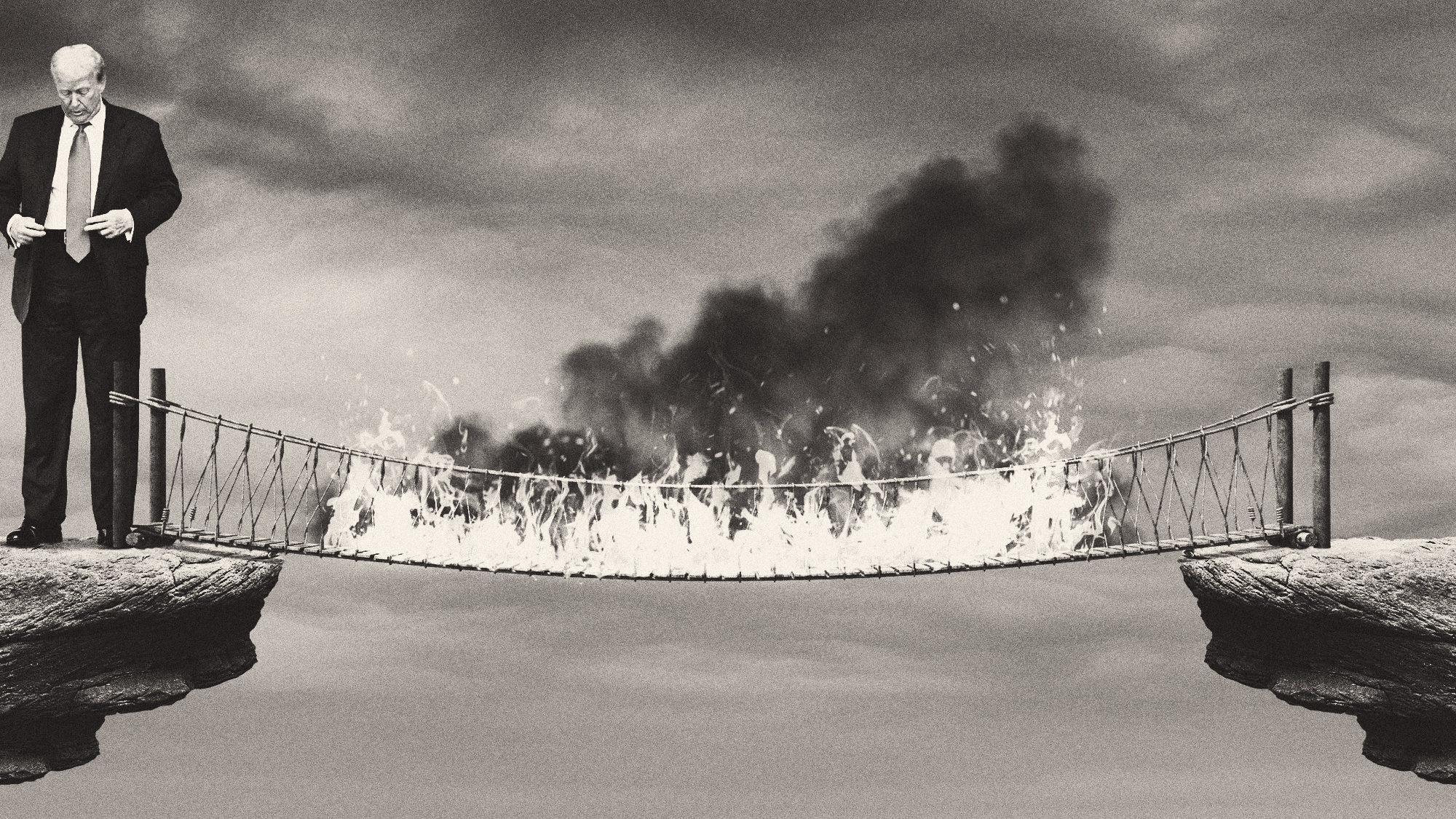 Did Trump just end the US-Europe alliance?
Did Trump just end the US-Europe alliance?Today's Big Question New US national security policy drops ‘grenade’ on Europe and should serve as ‘the mother of all wake-up calls’
-
 How the War Department became the Department of Defense – and back again
How the War Department became the Department of Defense – and back againIn Depth In 1947 President Harry Truman restructured the US military establishment, breaking with naming tradition
-
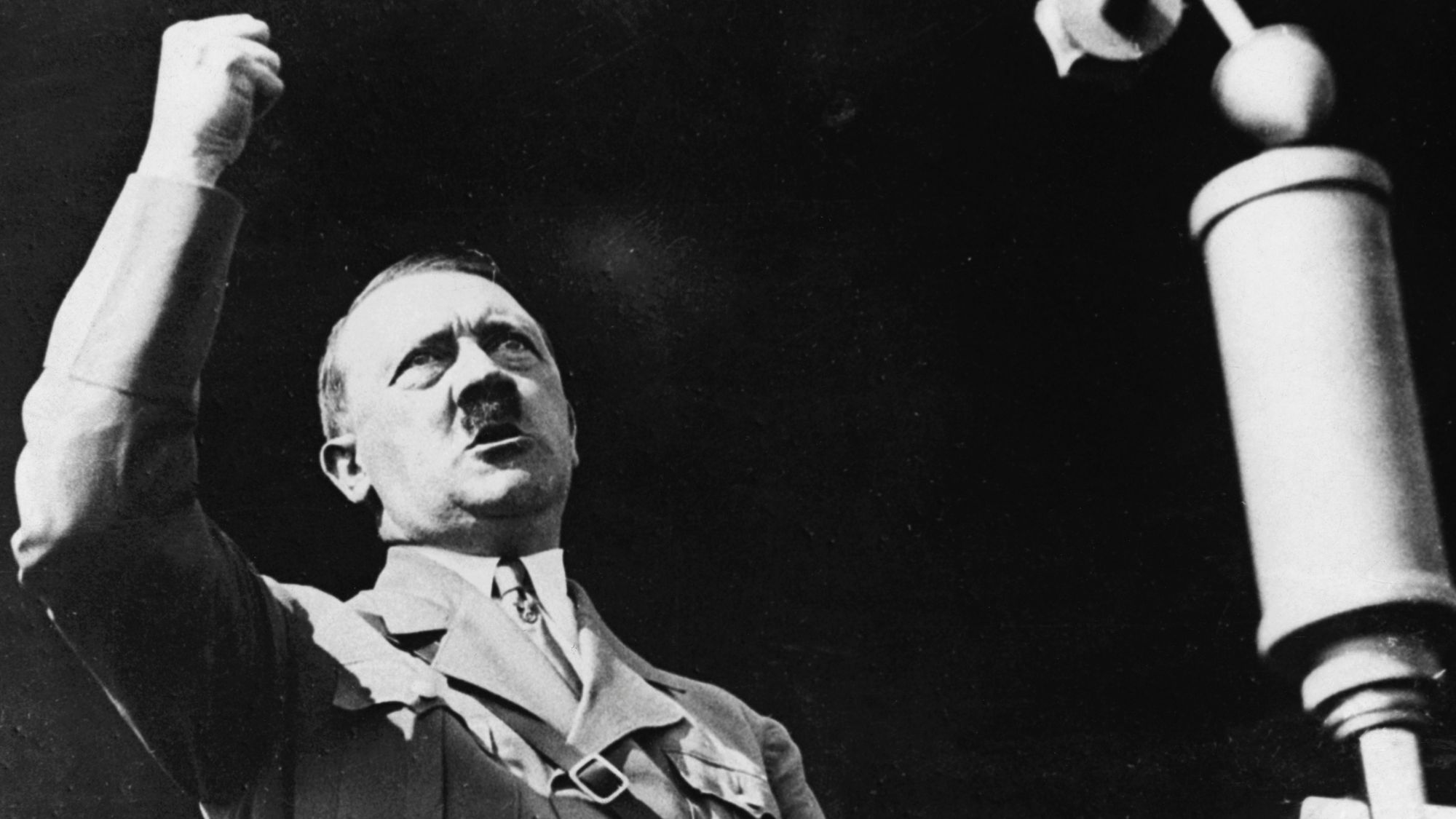 Hitler: what can we learn from his DNA?
Hitler: what can we learn from his DNA?Talking Point Hitler’s DNA: Blueprint of a Dictator is the latest documentary to posthumously diagnose the dictator
-
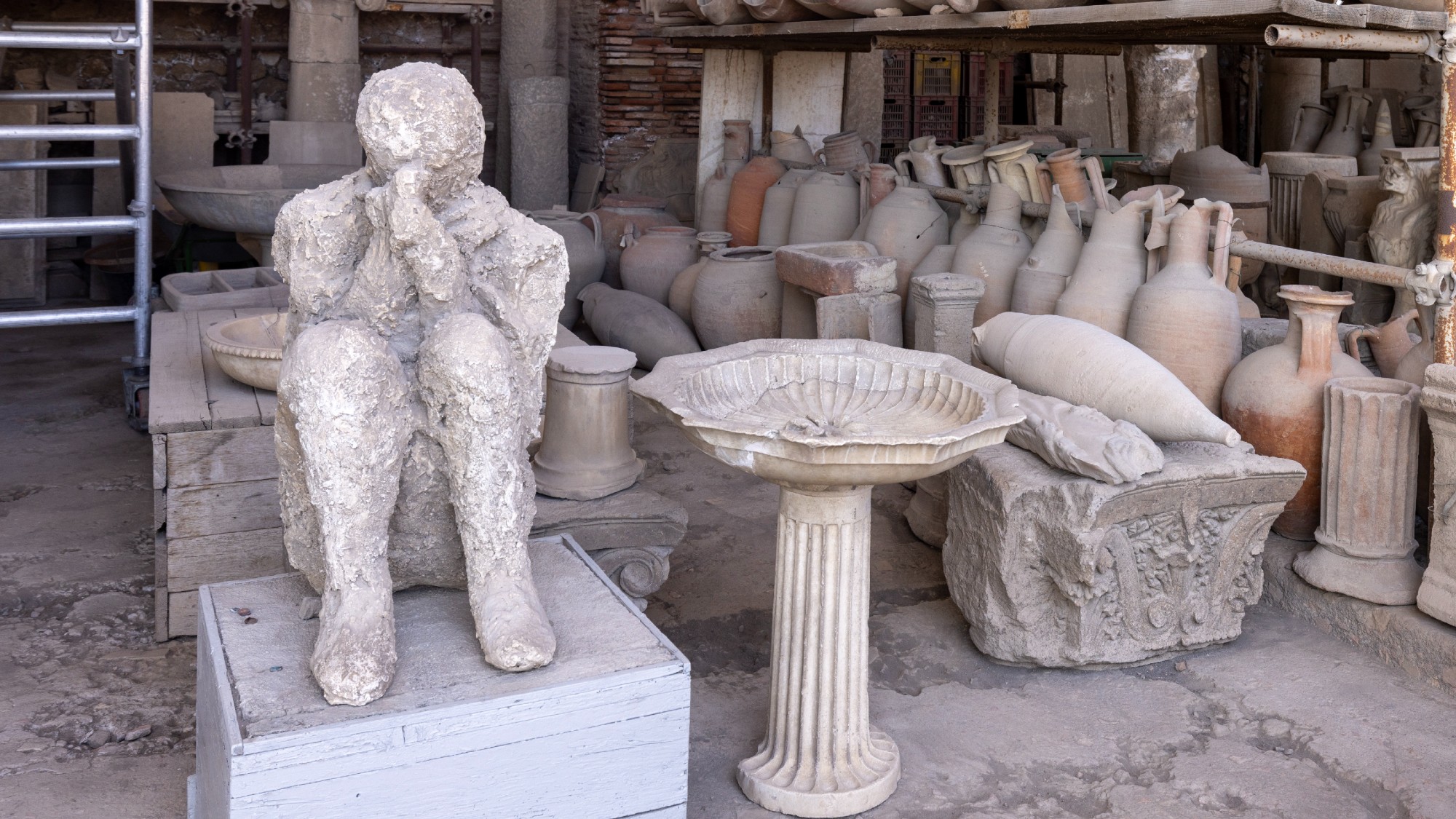 The seven strangest historical discoveries made in 2025
The seven strangest historical discoveries made in 2025The Explainer From prehistoric sunscreen to a brain that turned to glass, we've learned some surprising new facts about human history
-
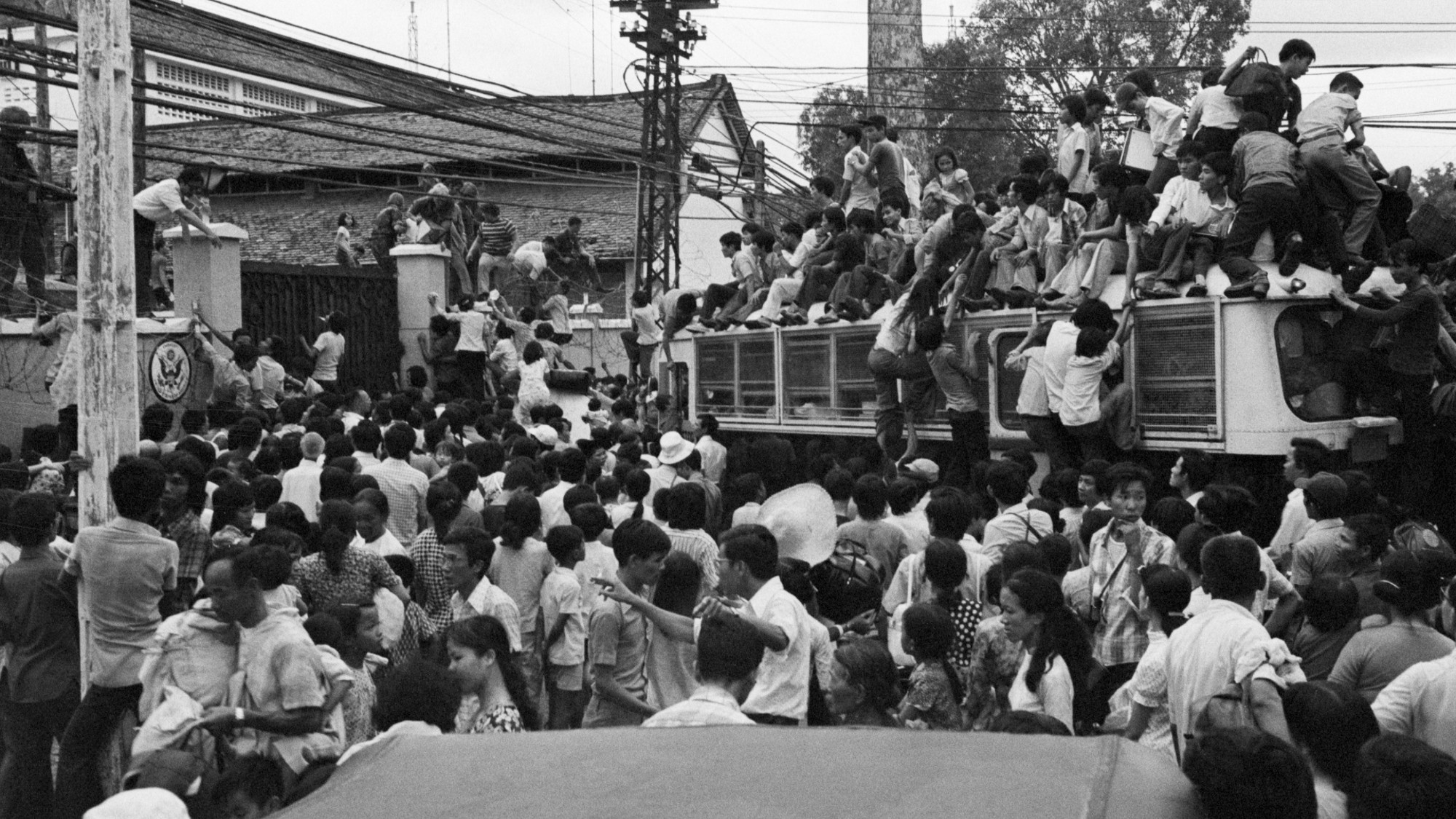 The fall of Saigon
The fall of SaigonThe Explainer Fifty years ago the US made its final, humiliating exit from Vietnam
-
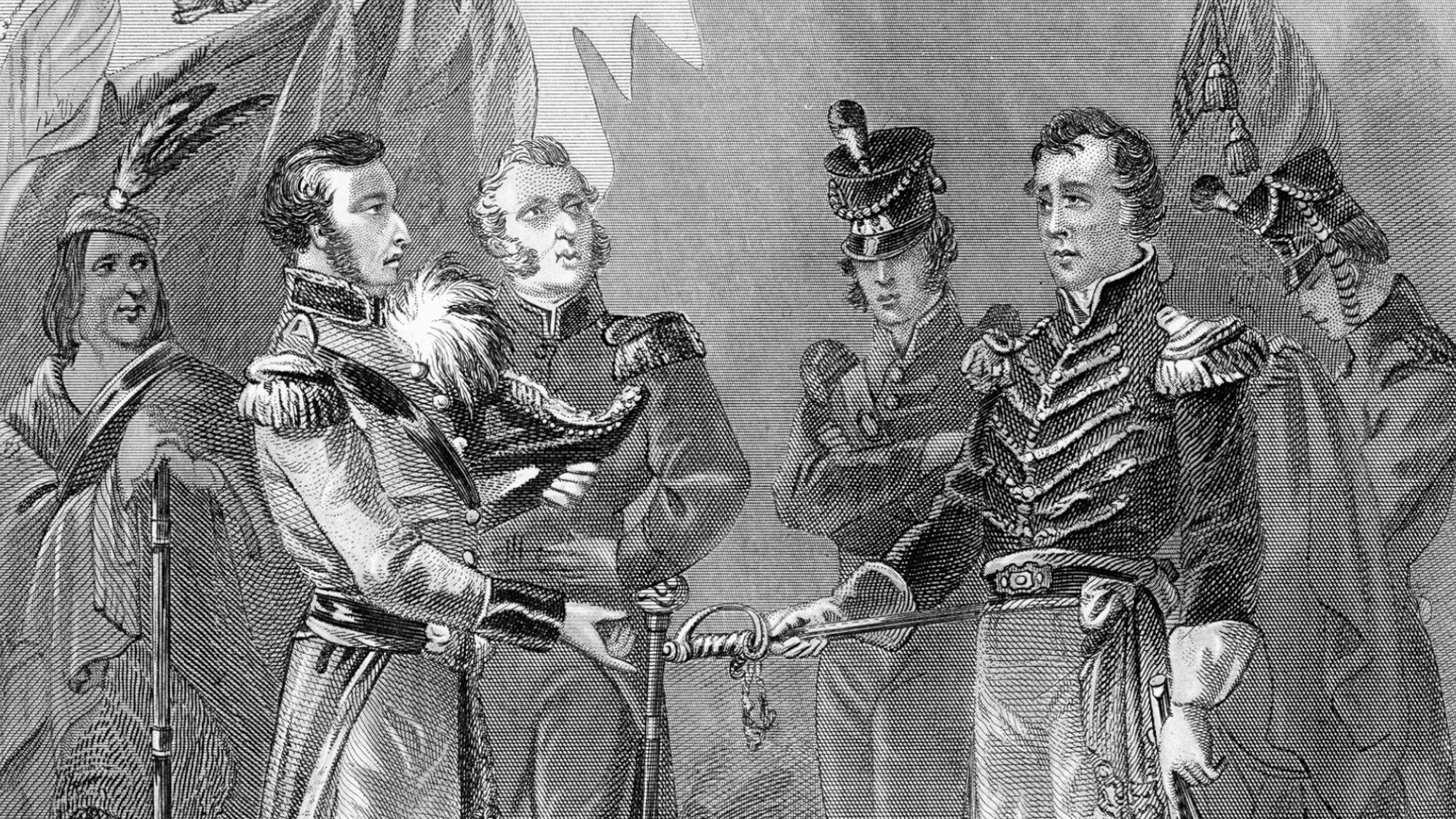 When the U.S. invaded Canada
When the U.S. invaded CanadaFeature President Trump has talked of annexing our northern neighbor. We tried to do just that in the War of 1812.
-
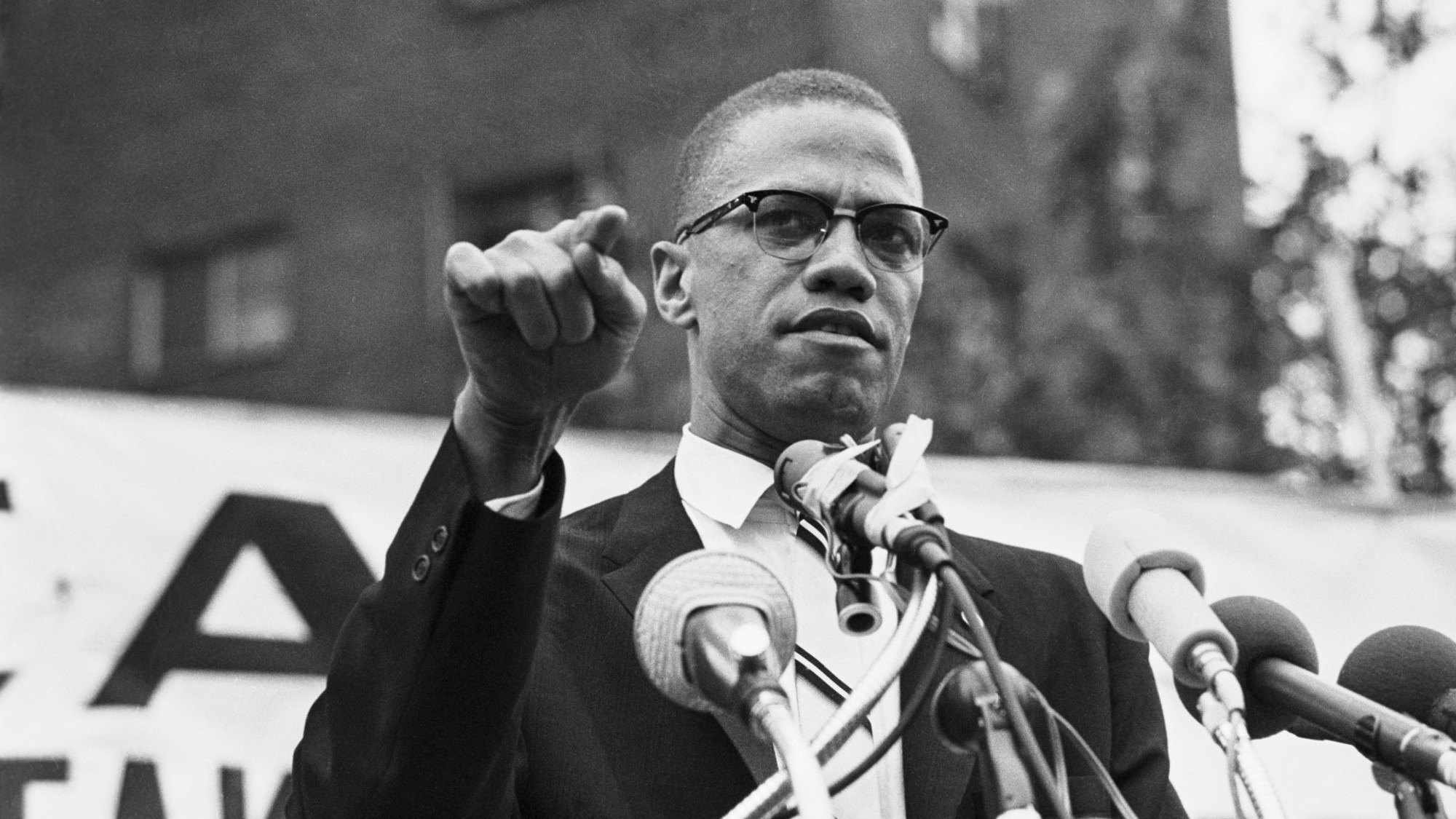 The assassination of Malcolm X
The assassination of Malcolm XThe Explainer The civil rights leader gave furious clarity to black anger in the 1960s, but like several of his contemporaries met with a violent end
-
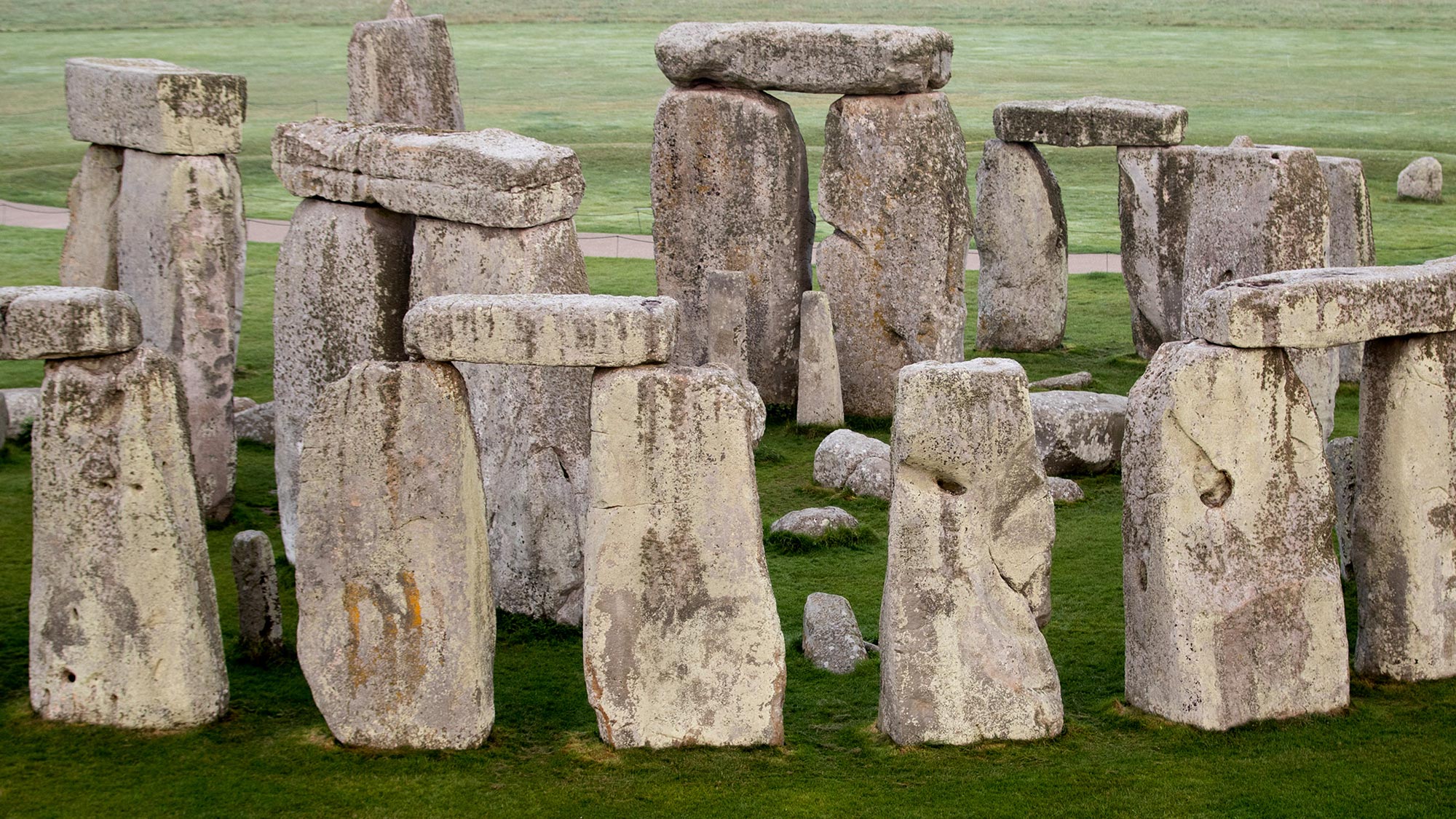 Stonehenge: a transformative discovery
Stonehenge: a transformative discoveryTalking Point Neolithic people travelled much further afield than previously thought to choose the famous landmark's central altar stone
-
 D-Day: how allies prepared military build-up of astonishing dimensions
D-Day: how allies prepared military build-up of astonishing dimensionsThe Explainer Eighty years ago, the Allies carried out the D-Day landings – a crucial turning point in the Second World War
-
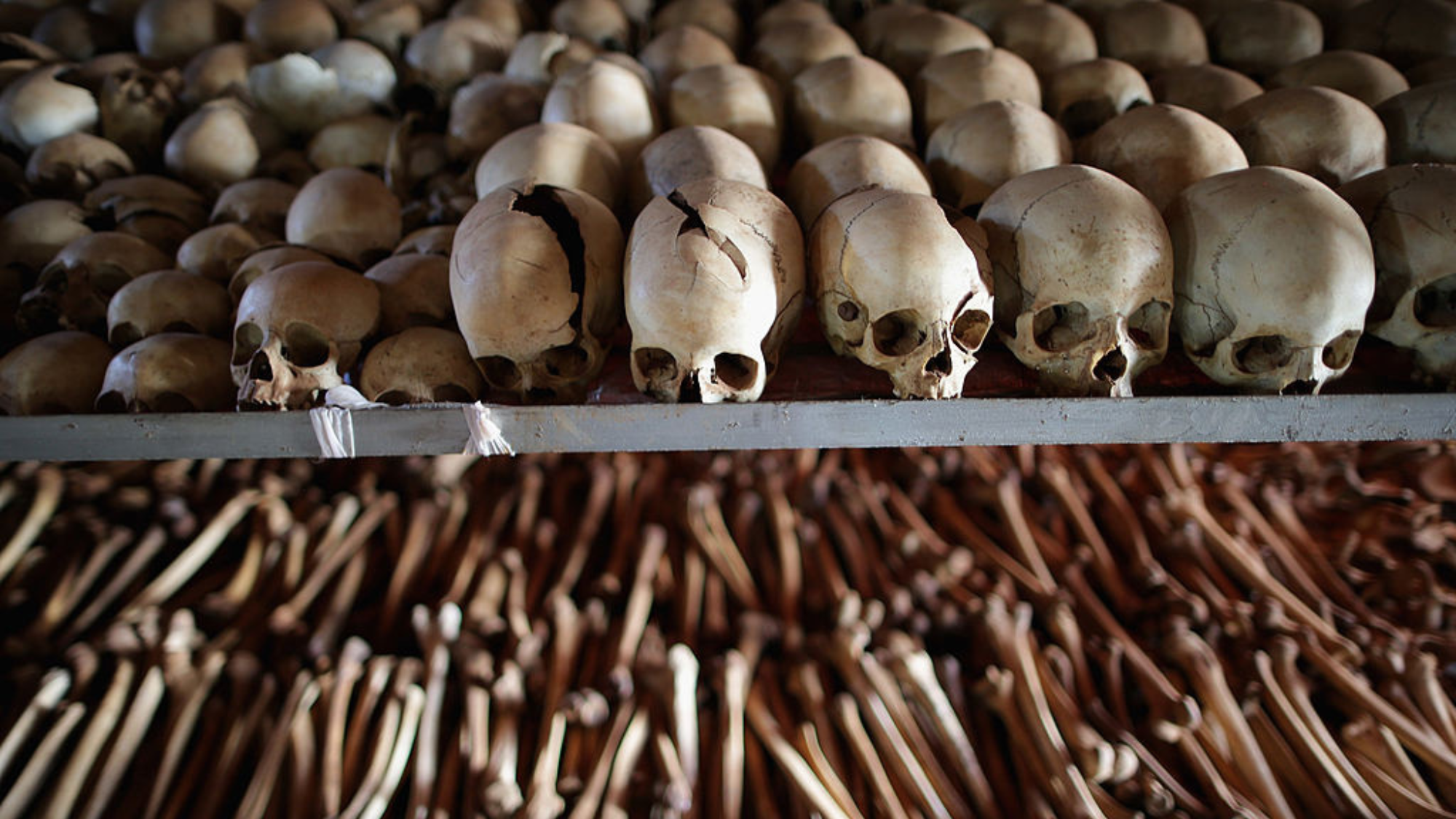 Rwanda's killing fields: 30th anniversary of genocide
Rwanda's killing fields: 30th anniversary of genocideIn Depth This month, world remembers one of the worst atrocities of the 20th century